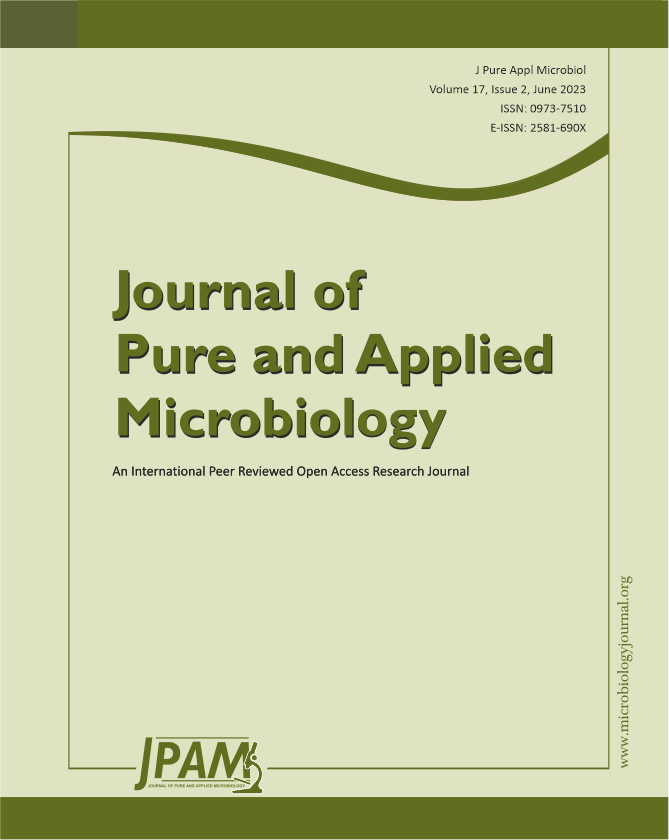Obligate anaerobes, which are part of normal intestinal flora are now gaining pathogenic potential by becoming more virulent and causing moderate to severe abdominal infections. Moreover, there is delay in initiation of appropriate antimicrobial therapy. The study aimed to describe and analyse 23 years data on anaerobic intra – abdominal infections in regards to the distribution and antimicrobial susceptibility patterns of the obligate anaerobes which were isolated from various intra – abdominal infections. The demographic and microbiological data was retrieved from the microbiology departmental registers. Total number of cases/specimen were 1124. Bacteroides fragilis group (238) (56%) and Peptostreptococcus sp (109) (25%) amounted to the majority of the isolates. Rare anaerobes like Clostridium sporogenes, Propionibacterium sp, Clostridium bifermentans and Fusobacterium varium were also isolated. Majority of mixed anaerobic infections were contributed by Bacteroides fragilis group and Peptostreptococcus sp (99) out of 102 mixed anaerobic infections). Chronic alcoholism was the most common predisposing condition (p value <0.05). Among the antimicrobials which were used by the clinicians for treating the infection, only Metronidazole was tested for its susceptibility pattern. One isolate was resistant to metronidazole (Diameter of inhibition zone was 6 mm). As they are fastidious they usually go unnoticed. Hence, this descriptive study intends to bring light on the large number of various obligate anaerobes and the potential diseases that they can cause and also the need for their antibiotic susceptibility testing to look for antimicrobial resistance among the isolates.
Anaerobes, Bacteroides Fragilis Group, Peptostreptococcus sp, Metronidazole
© The Author(s) 2023. Open Access. This article is distributed under the terms of the Creative Commons Attribution 4.0 International License which permits unrestricted use, sharing, distribution, and reproduction in any medium, provided you give appropriate credit to the original author(s) and the source, provide a link to the Creative Commons license, and indicate if changes were made.


